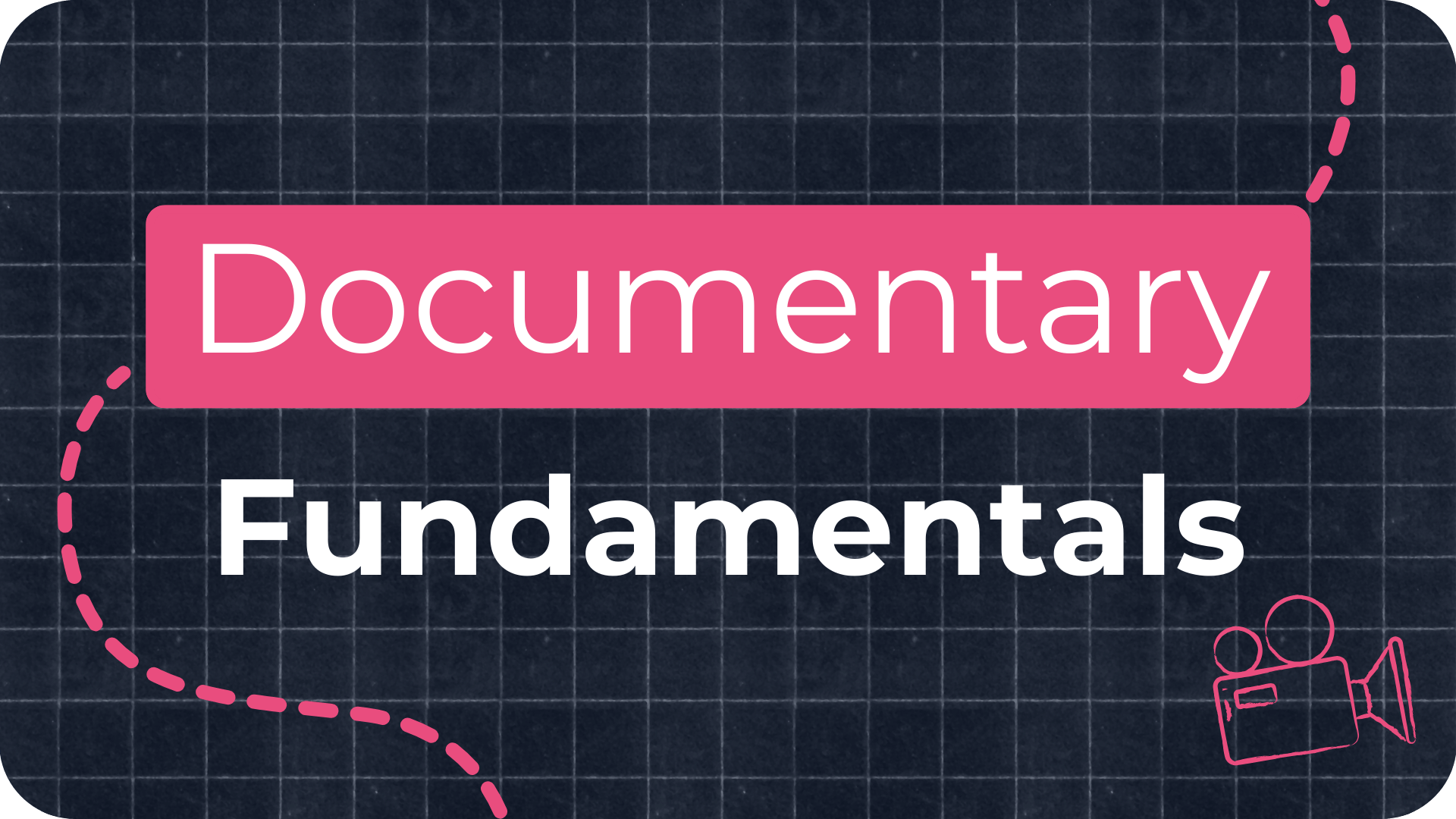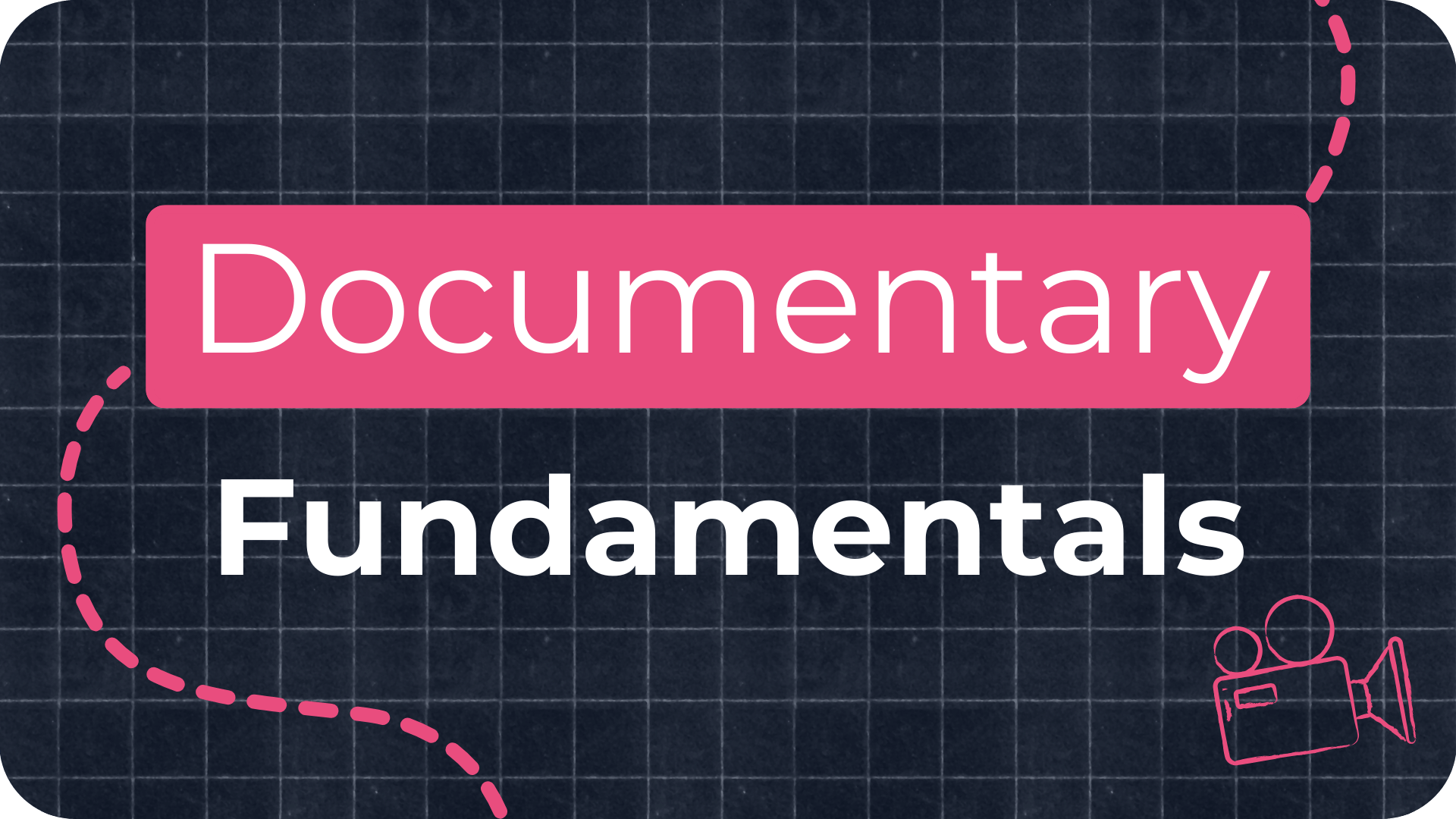Documentary Camera Angles: Shot Types Every Filmmaker Should Know
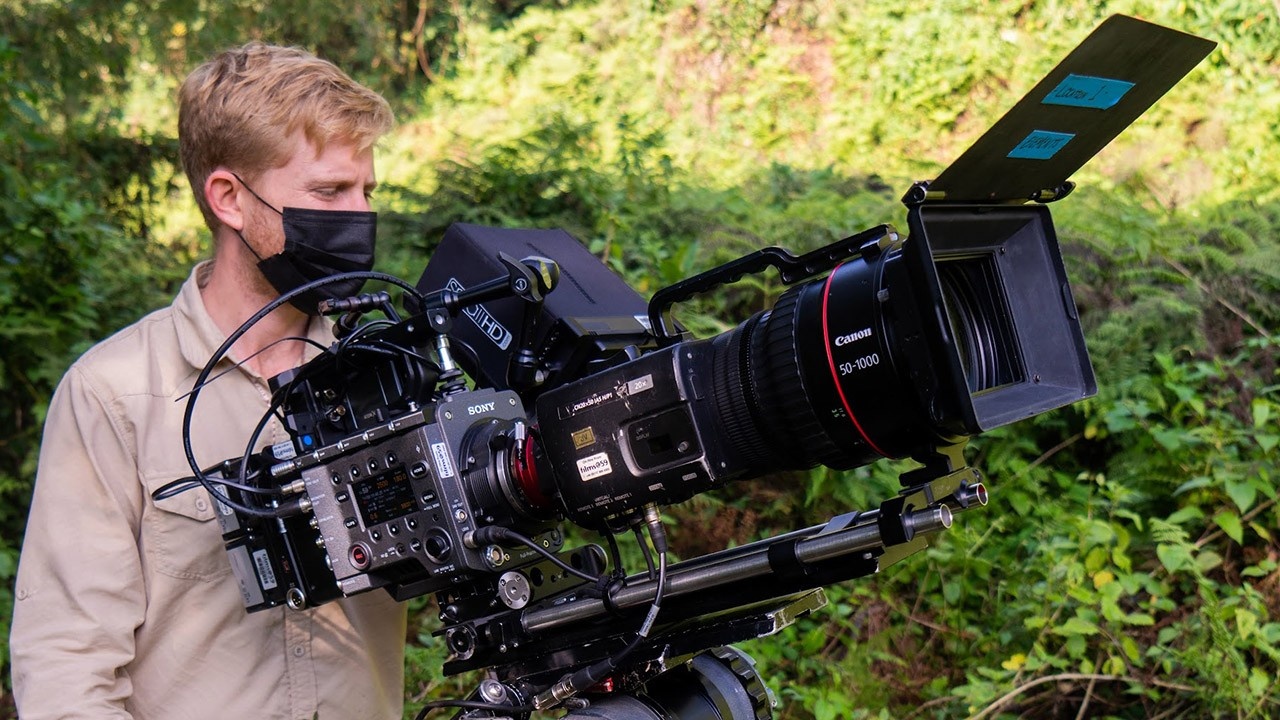
Understanding how to use camera angles for documentary filmmaking is key to capturing emotion, shaping story, and creating a more cinematic experience. Every time you frame a shot, you’re choosing a perspective. And that perspective affects how your audience feels, whether they’re connecting with your subject, observing from a distance, or feeling tension build in a scene.
In this guide, I’ll walk you through the most useful documentary shot types and camera angles, explain when to use them, and share practical tips from real productions.

Why Camera Angles Matter in Documentaries
Camera angles shape the viewer’s experience. Whether it’s a wide shot that grounds the subject in a landscape or a close-up that reveals their emotion, the position and composition of your camera are tools for meaning, not just visuals.
In every documentary, you’re making choices:
-
How close do we get to this moment?
-
What emotion are we evoking?
-
What do we want the viewer to feel, not just see?
The right angle turns observation into story.

Documentary Shot Types Explained
These common shot types define how much of the subject and environment you include in the frame. Each one serves a different purpose in storytelling.
Extreme Wide Shot (EWS)
Also called an establishing shot, this shows location, time of day, weather, and scale. It’s often used at the start of a scene or sequence to set context.

Wide Shot (WS) / Long Shot
The subject is visible head-to-toe but doesn’t dominate the frame. You see their surroundings clearly. It shows where they are, often used to place a character in context.
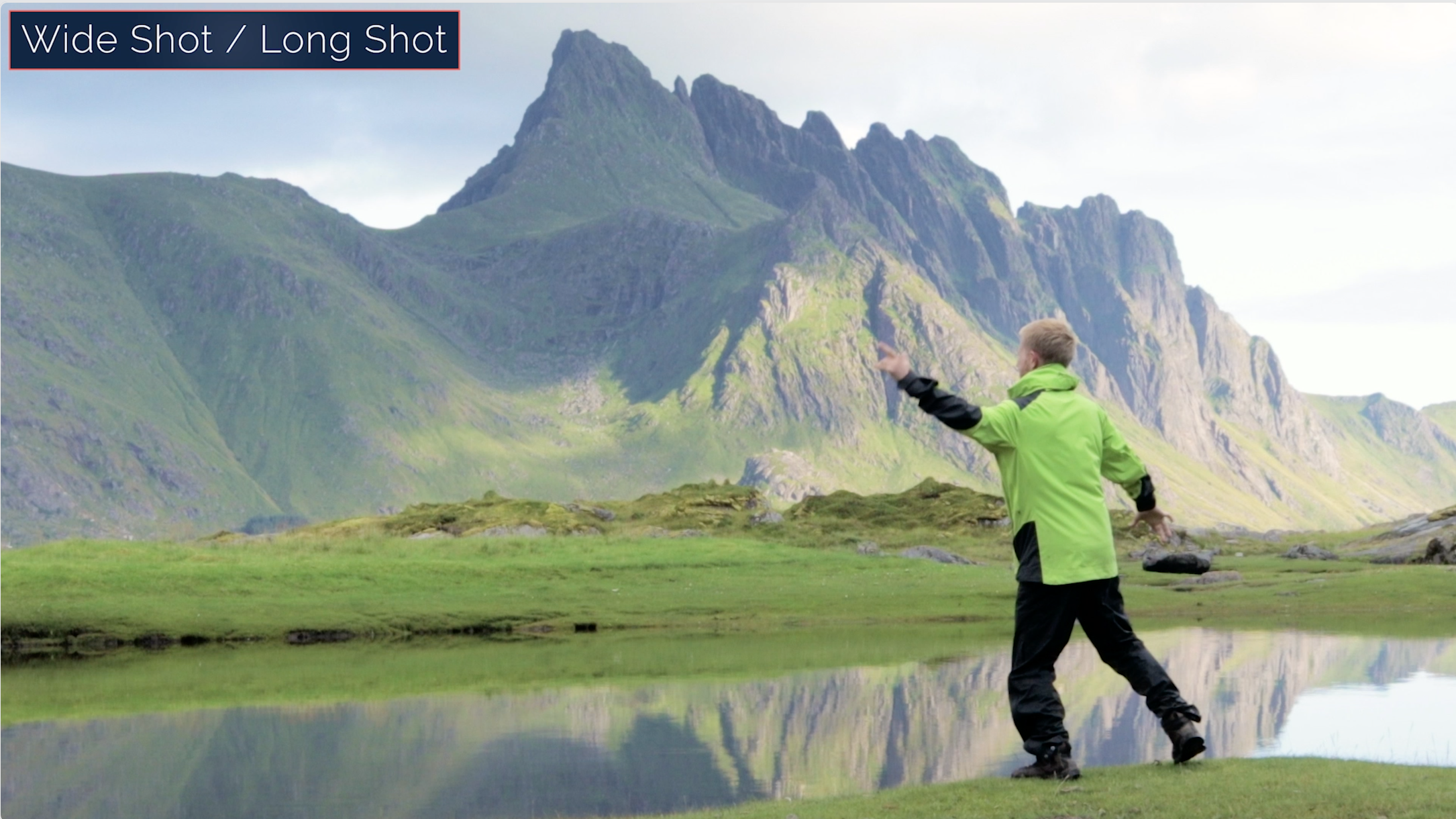
Full Shot
Also frames head-to-toe, but the subject fills more of the frame than a wide shot. Useful for action, movement, or following someone through a space.

Medium Long Shot (MLS)
From knees or mid-thigh up. Balanced between subject and environment. Ideal when you want to show someone in their world but keep focus on them.
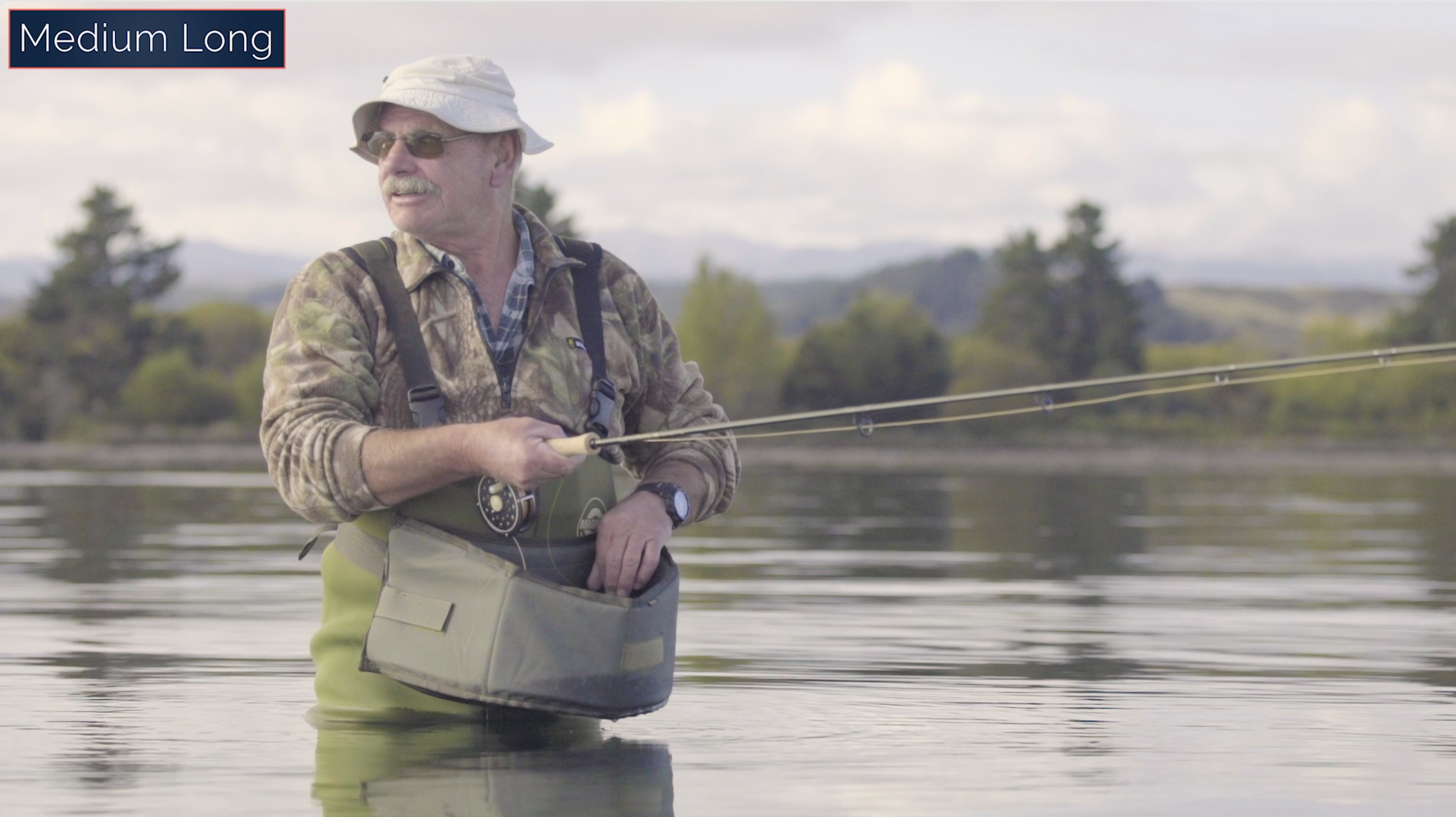
Medium Shot (MS)
From waist up. Common for everyday scenes or two-person interactions. It balances dialogue and body language.
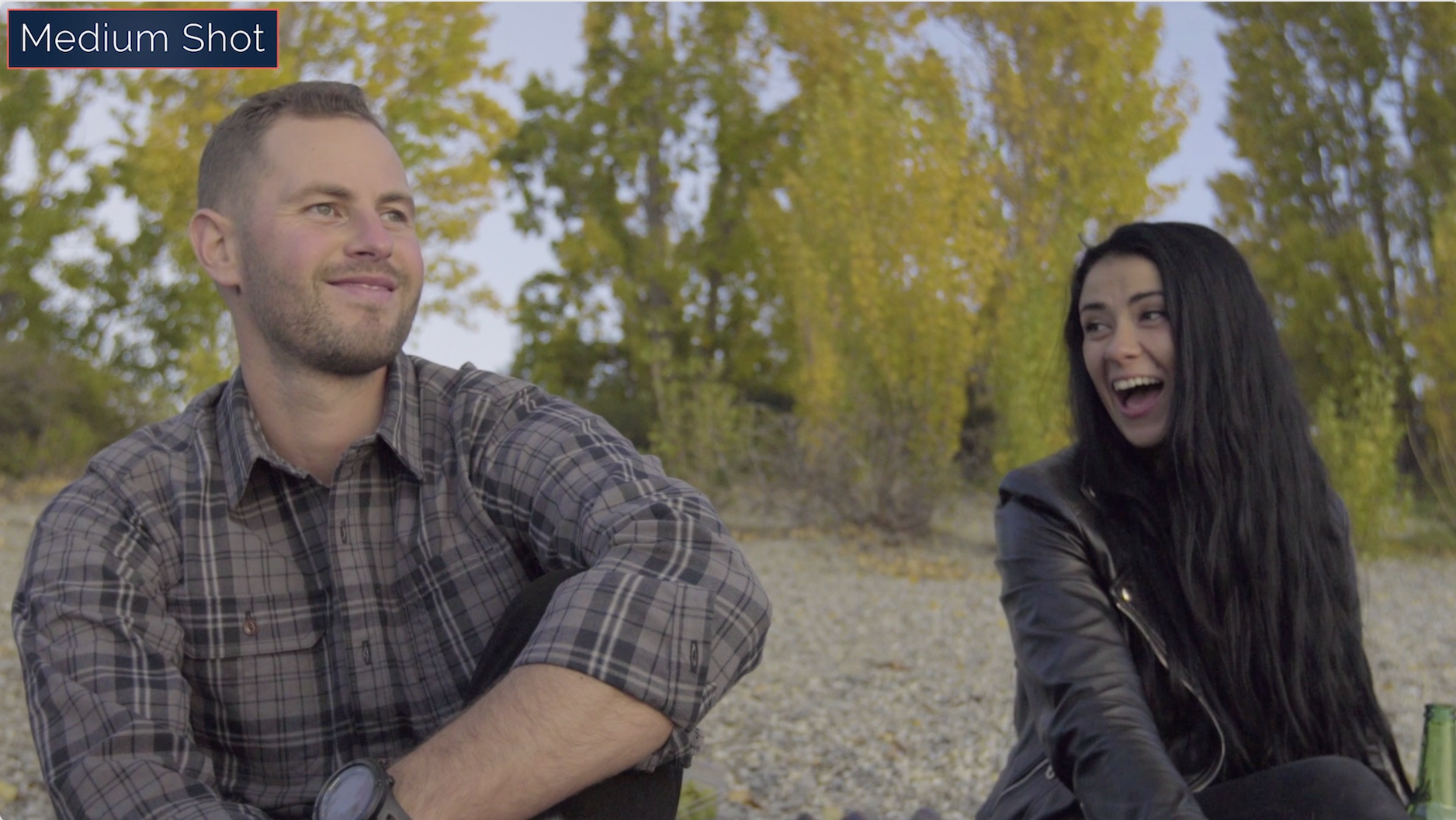
Medium Close-Up (MCU)
Chest or shoulder up. This is the go-to for documentary interviews. You get emotion in the eyes but still see the surroundings.
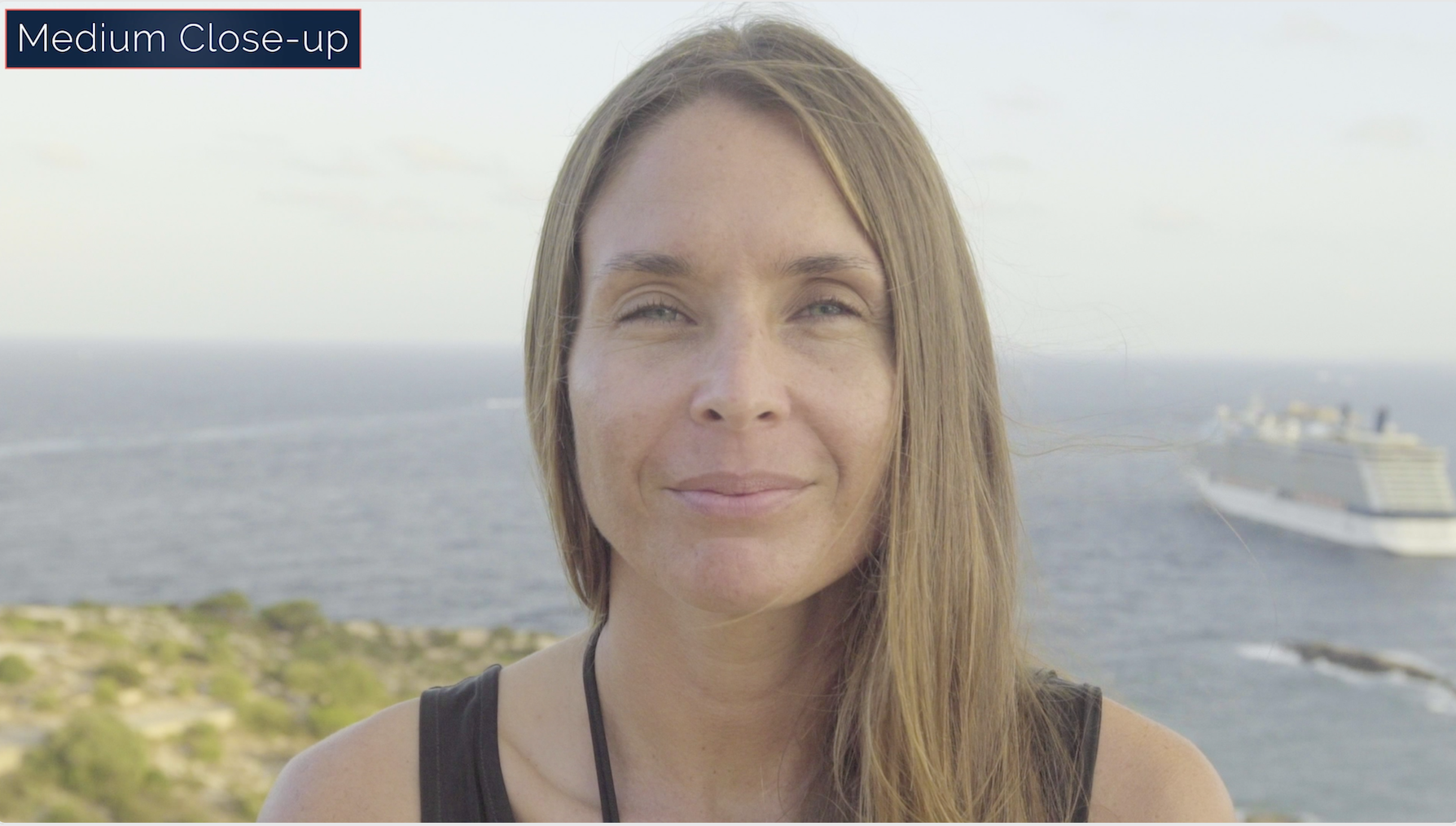
Close-Up (CU)
Fills the frame with the subject’s face or hands. Essential for capturing emotion, reflection, or important objects.

Extreme Close-Up (ECU)
Zeroes in on specific details, eyes, lips, a tear, a key in a lock. Use sparingly to increase tension or intensity.
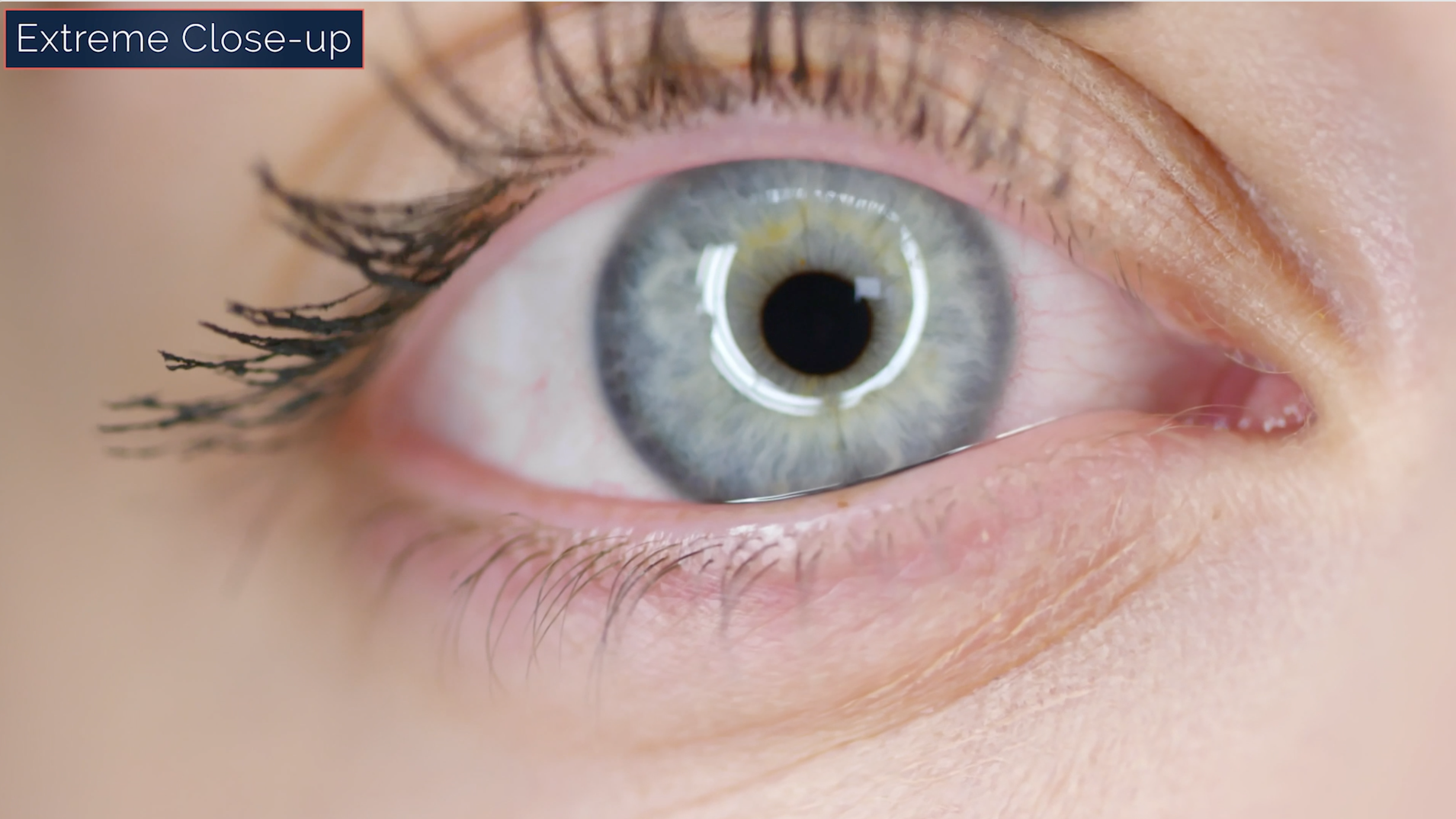
Popular Camera Angles for Documentaries
Now let’s talk about camera positioning where the camera is in relation to your subject.
Aerial Shot
Filmed from above using a drone or aircraft. Great for landscapes or showing scale—ideal for nature docs, cities, or dramatic transitions.

Eye-Level
Neutral perspective. Keeps the viewer on equal footing with the subject. This is the most common angle, but be careful not to overuse it.

Low Angle
Looking up at your subject. Makes them seem strong, dominant, or intimidating. Used effectively, it can shift power dynamics in a scene.
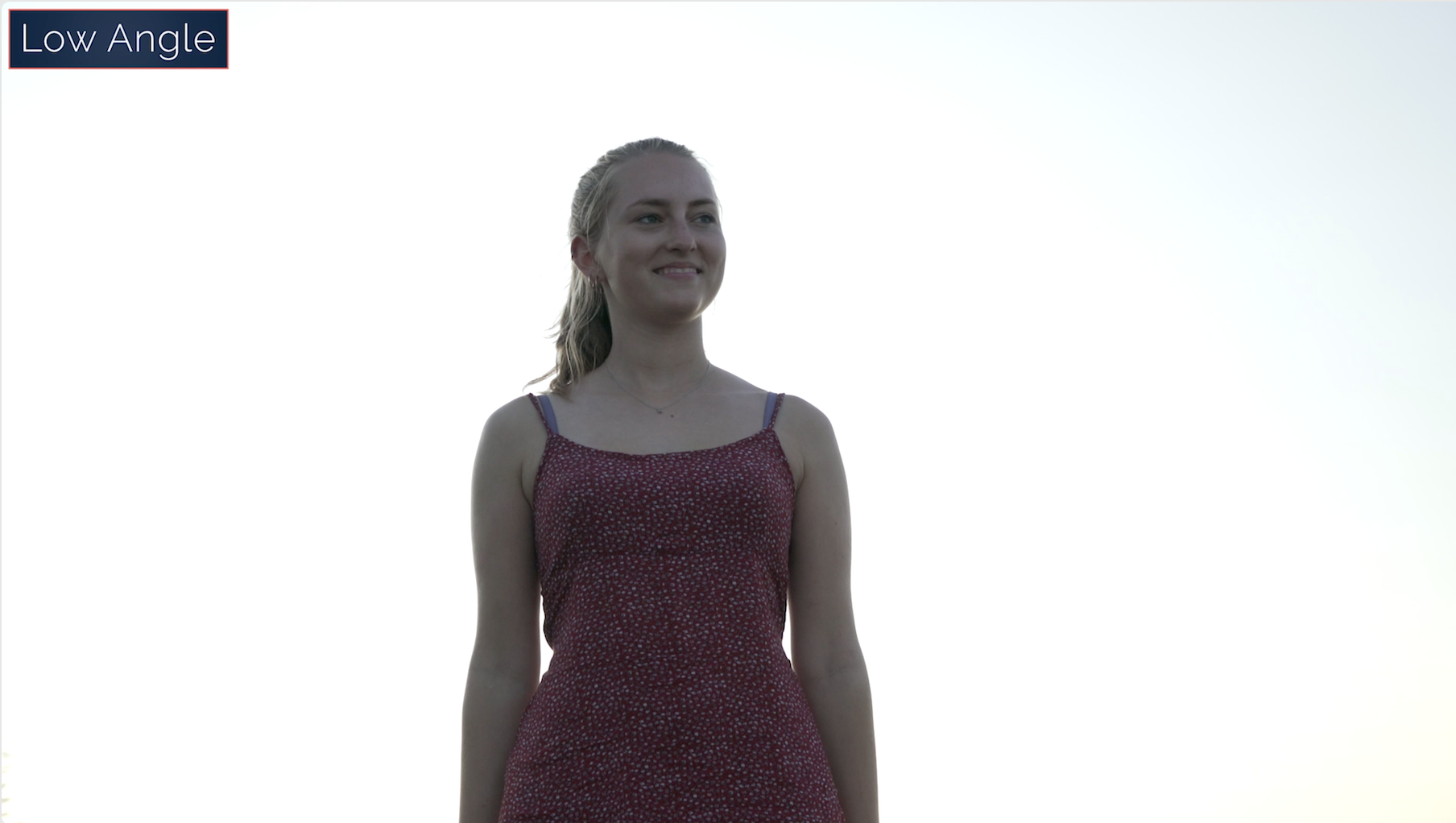
High Angle
Looking down on your subject. Suggests vulnerability, weakness, or smallness. Especially powerful when shooting children, conflict, or crisis.

Point of View (POV)
Shows exactly what the subject sees. This creates intimacy or immersion. Great for action or first-person scenes, especially with GoPros or handheld cameras.

Over-the-Shoulder (OTS)
Frames a conversation from behind one speaker, showing the other. Useful in group scenes or tense one-on-one interviews. Creates a sense of presence and direction.

Two-Shot
Frames two characters together in the same shot. Reveals relationship, dynamic, and body language between them.

Dutch Angle
The camera is tilted so the horizon is off-level. Conveys tension, imbalance, or unease. Use sparingly, it loses power if overused.

Using Multiple Cameras in a Documentary Shoot
In fast-moving scenes, live events, or action sequences, filming with multiple cameras can be a lifesaver. I once shot a dance scene in a train station using three cameras (two iPhones and a Sony mirrorless). This gave me wide, medium, and close-up options to cut between, without needing a second take.
Multiple cameras give you more flexibility and coverage. But they also add complexity to setup, syncing, and editing.
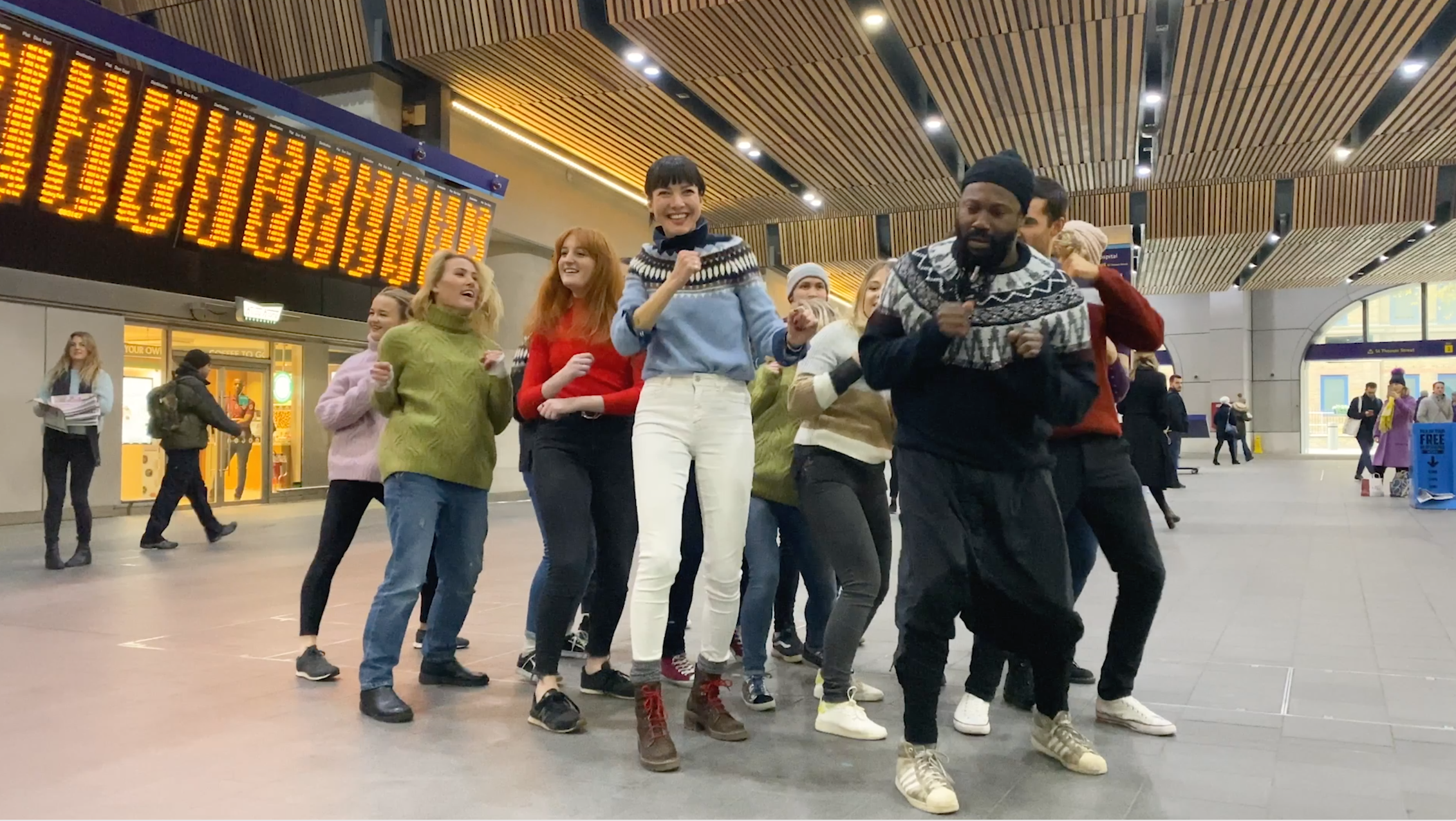
Single-Camera Filming in Documentaries
For interviews, observational scenes, or emotional moments, a single camera setup often works best. It’s less intrusive, more focused, and allows you to react quickly to what’s unfolding.
You can still get great coverage using the five-shot rule:
-
Wide
-
Medium
-
Close-up
-
Over-the-shoulder
-
Cutaway (hands, details, surroundings)
This builds visual variety from one angle without overwhelming the subject or crew.
👉 Read: How to Shoot a Documentary Scene With One Camera

How to Choose the Right Camera Angle
Before you press record, ask: What emotion do I want the audience to feel?
Then choose the angle that supports that emotion:
-
Want the subject to feel vulnerable? → High angle
-
Want to show their power or confidence? → Low angle
-
Want the audience to feel like they’re in the room? → Eye-level, over-the-shoulder, two-shot
-
Want to show where they are? → Wide or extreme wide
Match your camera position to the intention of the scene.

Common Camera Angle Mistakes to Avoid
-
Overusing Dutch angles: Dilutes tension instead of building it
-
Too many extreme highs/lows: Can feel unnatural or forced
-
Unflattering low angles: Especially in interviews, avoid up-the-nose framing
-
Extreme close-ups without context: Emotion without grounding can feel disjointed
-
Everything shot from eye-level: Safe but visually flat

Mastering Camera Angles = Better Documentary Filmmaking
Camera angles in documentary filmmaking aren’t just technical choices, they’re storytelling tools. Whether you’re shooting a powerful interview, a chaotic protest, or a quiet moment alone in nature, your framing guides how the audience connects with what they see.
Used with intention, angles can build emotion, tension, empathy, or understanding, all without a single word.

Free Camera Angle Cheat Sheet for Filmmakers
Want a printable PDF with all these angles and shot types for easy reference?
👉 Download the Free Camera Angle Guide



